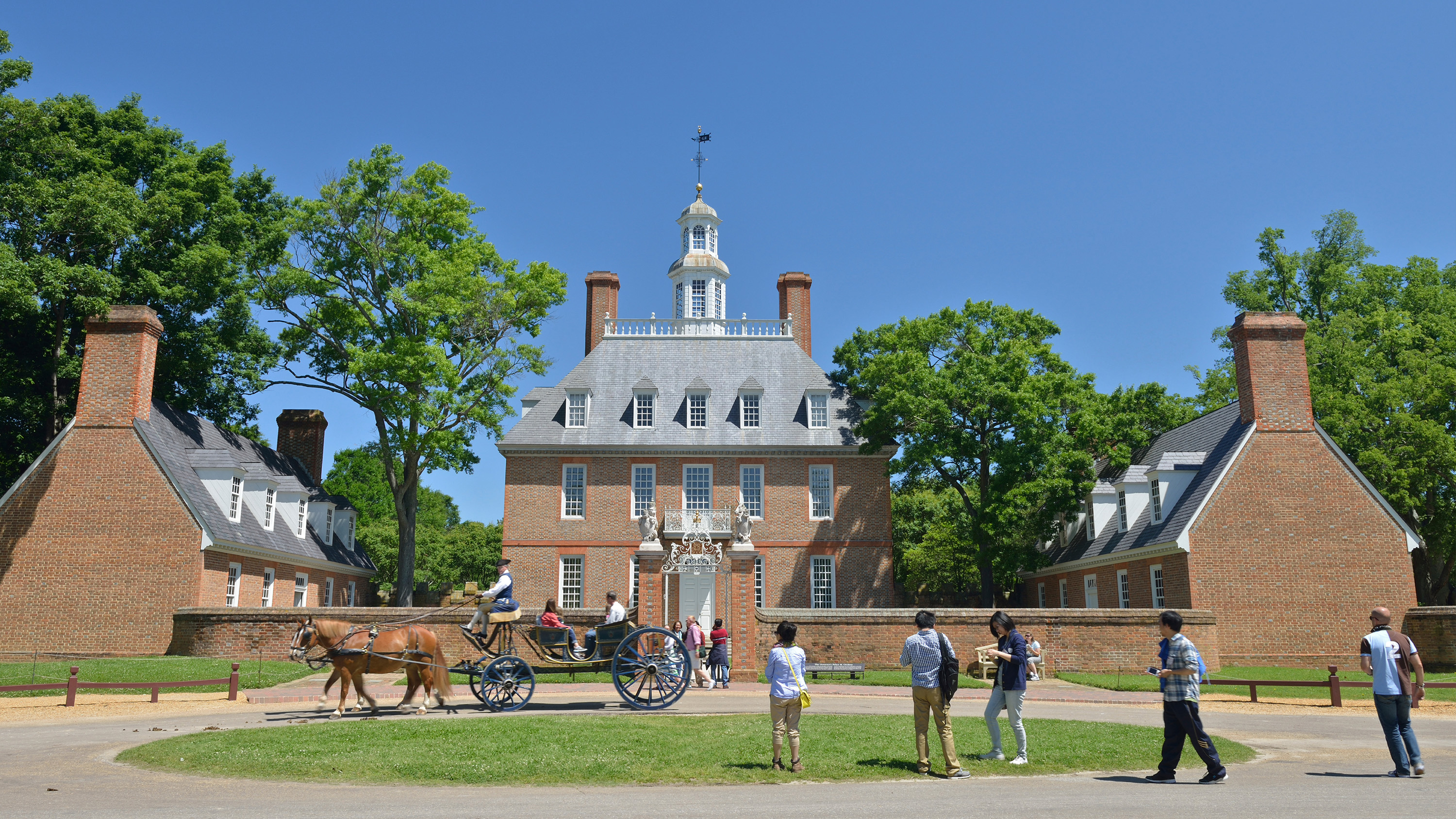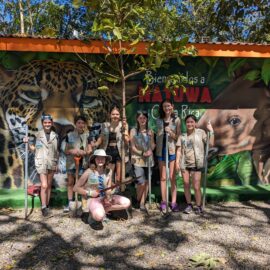Destination Spotlight
9 Interesting Facts About Colonial Williamsburg
Colonial Williamsburg is often referred to as the world’s largest living history museum, making it an obvious destination for those seeking to experience something new…or old…you know what we mean. From an educational standpoint, the appeal of visiting Williamsburg is clear. In fact, the Student Youth Travel Association named Williamsburg one of the Top 10 U.S. Student Travel Destinations of 2017. Want to know more about this historic destination? Here are 9 interesting facts about Colonial Williamsburg:
- Williamsburg was a “planned city.” Duke of Gloucester Street was intentionally cleared to be the central street through the town, and then buildings and streets were built according to a blueprint.
- William & Mary, the nation’s second oldest college, is located in Williamsburg. Its Wren Building is actually the oldest university building in the United States. Notable W&M alumni include Thomas Jefferson, James Monroe, John Tyler, John Marshall, and more recently, Jon Stewart, Mike Tomlin, and James Comey.
- The first hospital for mentally ill patients in North America, The Public Hospital for Persons of Insane and Disordered Minds, was located in Williamsburg. It admitted its first patient in 1773. The hospital is now the DeWitt Wallace Decorative Arts Museum. The museum houses the world’s largest collection of southern furniture and one of the largest collections of British ceramics outside of England.
- 88 of Williamsburg’s original structures were preserved in the development of Colonial Williamsburg. More than 450 modern buildings were demolished in the first nine years of its restoration to maintain its authenticity.
- The private foundation that runs Colonial Williamsburg has a Code of Ethics for all employees, board members, and volunteers. It implores them to “act professionally with honesty and integrity” and outlines their famous dedication to providing an authentic experience for visitors.
- In 2016, Colonial Williamsburg had approximately 2,500 employees, roughly double of the town’s population during the Revolutionary era. Williamsburg also utilizes the services of more than 800 volunteers.
- The Peyton Randolph house, built in 1715, is said to be one of the most haunted homes in America, and one of several supposedly haunted spots in Williamsburg, making the town a popular spot for history buffs and ghost hunters alike.
- Bruton Parish Episcopal Church is a three-century-old church where many of America’s founding fathers once sat. The church still performs Sunday services to this day.
- Thomas Jefferson first came to Williamsburg as a student at the College of William & Mary, then later became governor and resided at the Governor’s Palace. The gardens at the Palace is where Jefferson initiated a love of plants and agriculture.

Ready to explore Colonial Williamsburg? Learn more about our Colonial Williamsburg programs, as well as visiting Colonial Williamsburg as part of a Washington, D.C., itinerary.
Related Articles

The 2024 WorldStrides Student Photo & Video Contest Gallery
Colonial Williamsburg is often referred to as the world’s largest living history museum, making it an obvious destination for those seeking to experience something new…or old…you know what ...

Girl Scouts: Costa Rica Tour
Colonial Williamsburg is often referred to as the world’s largest living history museum, making it an obvious destination for those seeking to experience something new…or old…you know what ...

2024 Mérida Pride Parade
Colonial Williamsburg is often referred to as the world’s largest living history museum, making it an obvious destination for those seeking to experience something new…or old…you know what ...

Rise Up, Take Action: How to Support the LGBTQIA+ Community
Colonial Williamsburg is often referred to as the world’s largest living history museum, making it an obvious destination for those seeking to experience something new…or old…you know what ...

